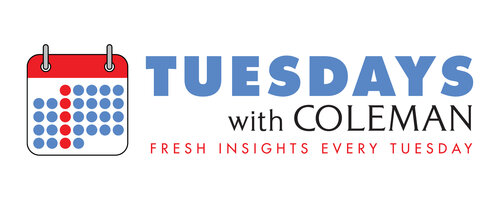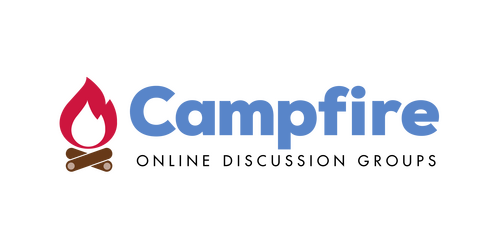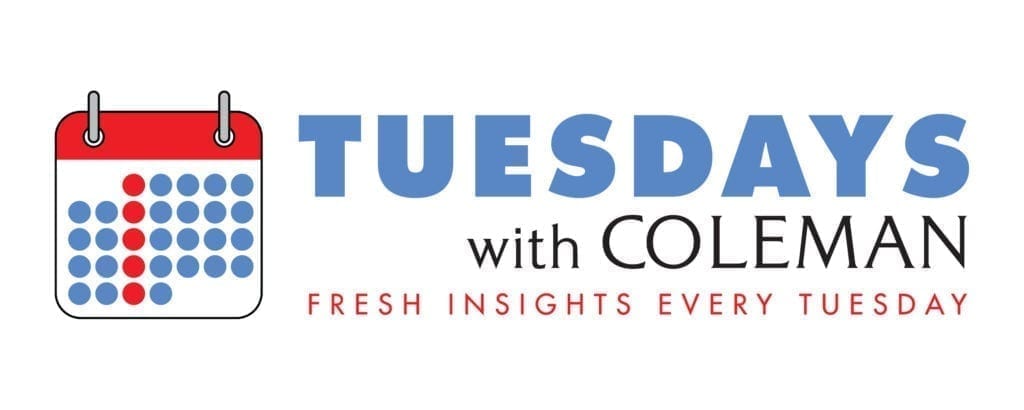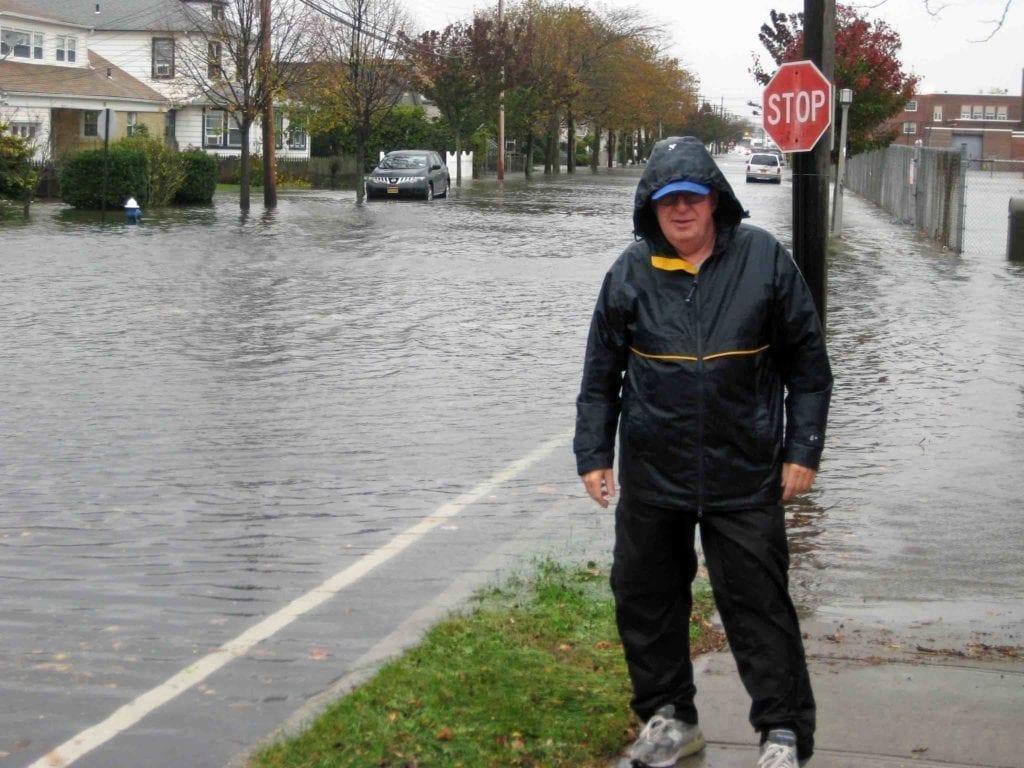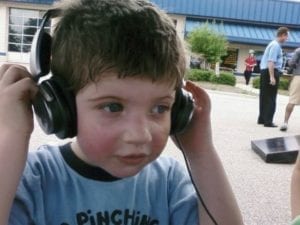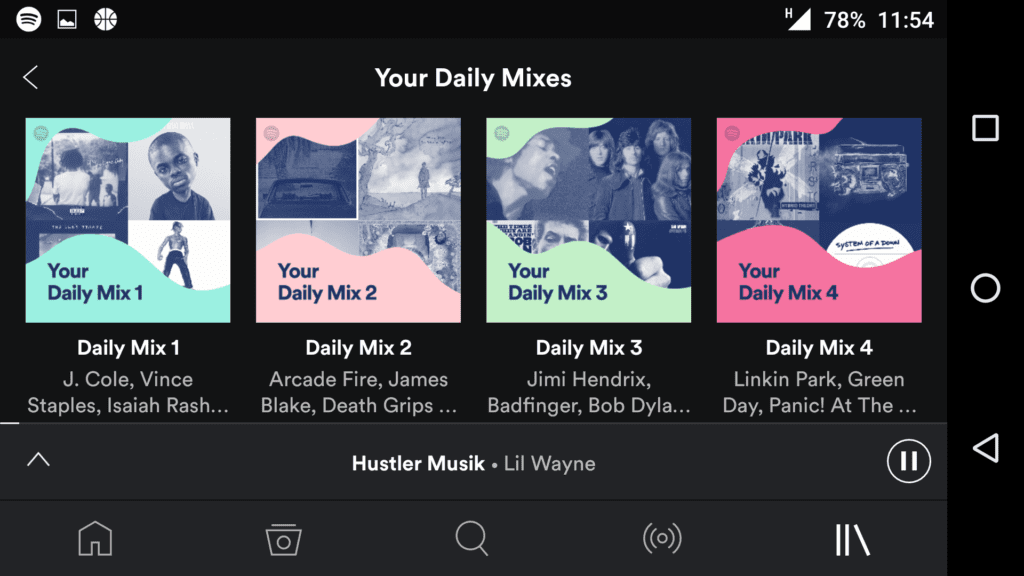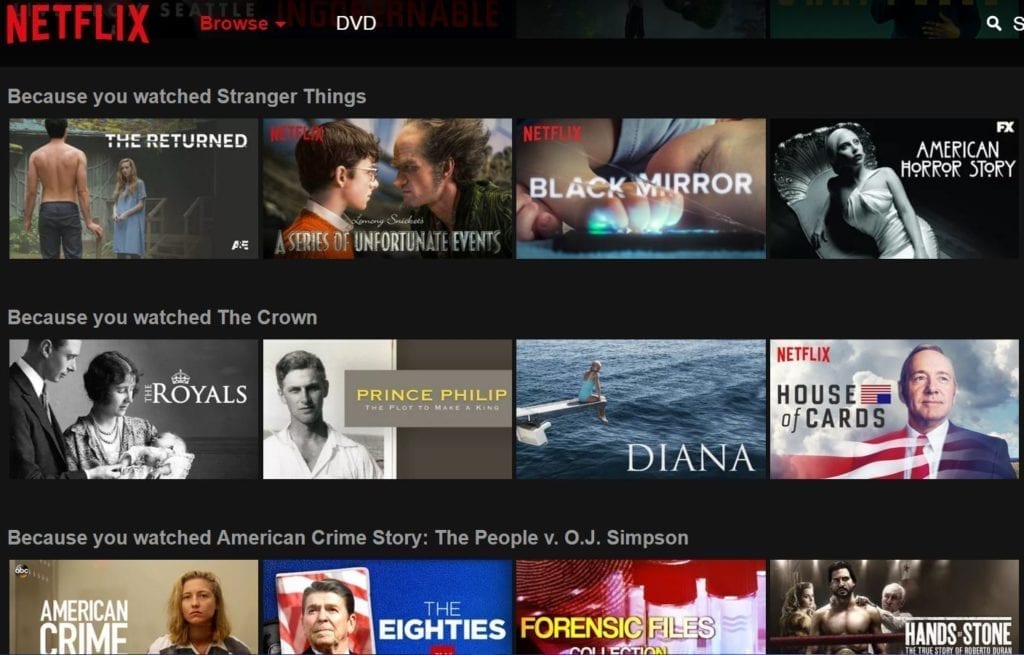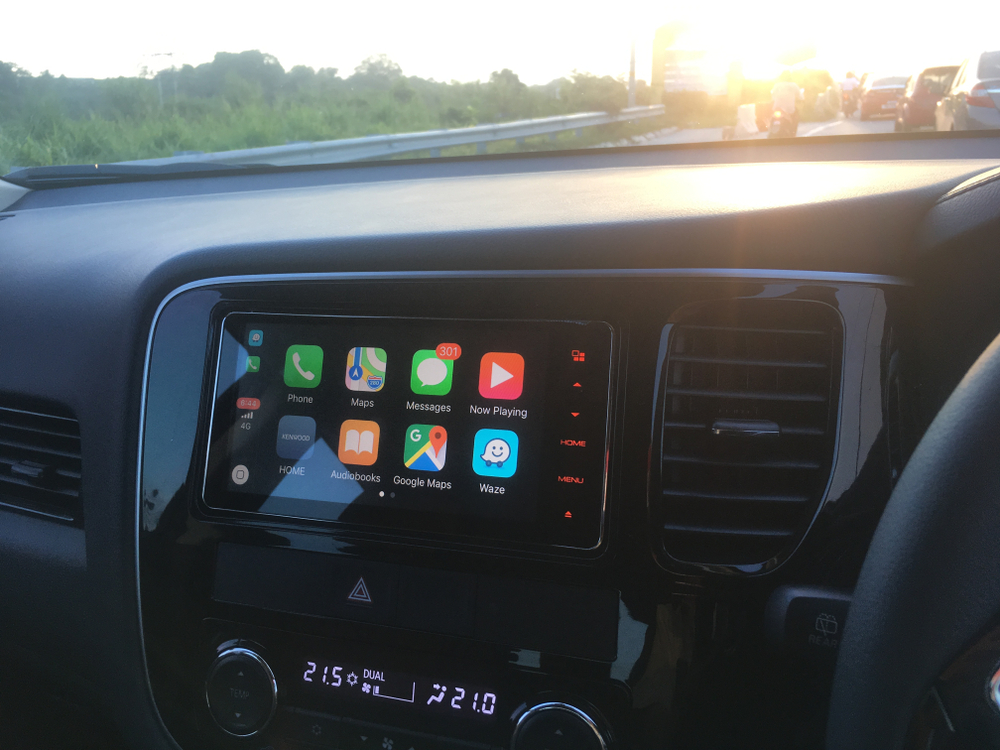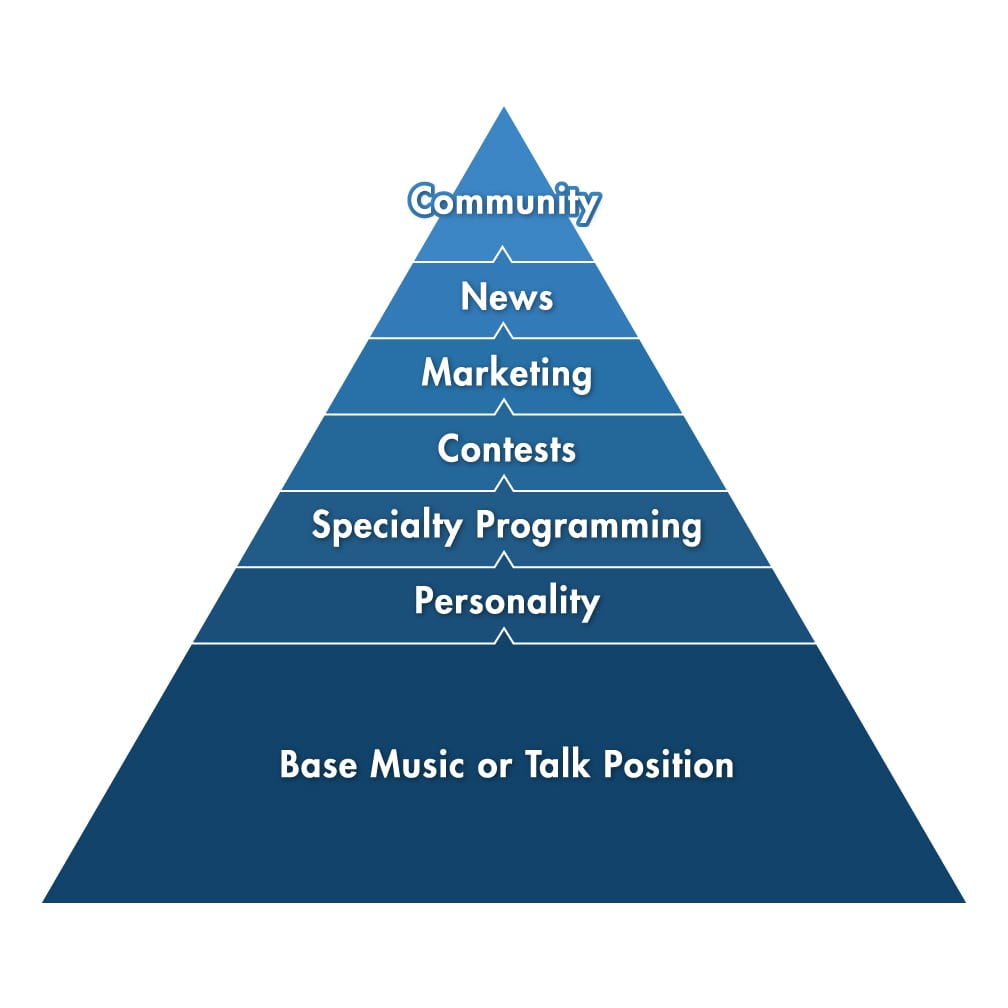Media research firm Coleman Insights announces the introduction of Validate, an innovative new attribution platform that helps radio stations demonstrate the impact of their advertising campaigns. Validate helps radio stations show advertisers exactly how over-the-air advertising campaigns generate consumer impressions and drive traffic to websites. The launch follows a new agreement with Kamloops, BC-based Pattison Media, which created Validate, and Vancouver, BC-based Momentum Media, which operates and is the worldwide licensor of Validate, through which Coleman Insights has exclusive rights to sell and market the service in the United States.
“Validate will deliver remarkable results for radio stations in the U.S.,” said Coleman Insights president Warren Kurtzman. “For decades, advertisers have sought concrete ways to measure radio’s impact. I’ve been involved in the sales of services to radio stations for 40 years and I have rarely felt such a universally positive response to a new idea like I’m seeing with Validate.”
Cox Media Group and Connoisseur Media have already signed on as charter subscribers to Validate. The commitments of these two groups follow extensive discussions with the board of directors of the RAB, whose members will receive discounts on Validate subscriptions.
“Radio needs tools that make the impressive results we deliver very clear for advertisers,” said Rob Babin, Executive Vice President, Radio at Cox Media Group. “We believe Validate does that and look forward to our partnership.”
“When I first saw Validate, I knew it was something that could generate revenue for our stations,” said Connoisseur Media CEO Jeff Warshaw. “We look forward to being among the first radio groups delivering this important information to advertisers that demonstrates the power of radio.”
Validate combines streaming listening data with audience estimates from trusted ratings providers, using a proprietary algorithm to estimate total audience reach across both streaming and broadcast. By reporting on ad performance almost instantly, Validate allows radio sales teams to give advertisers real-time feedback on the effectiveness of their campaigns. A unique conversion tag further enables advertisers to track website engagement from listeners exposed to campaigns, capturing data for up to 90 days after exposure.
More information is about Validate is available at www.ColemanInsights.com/validate.

